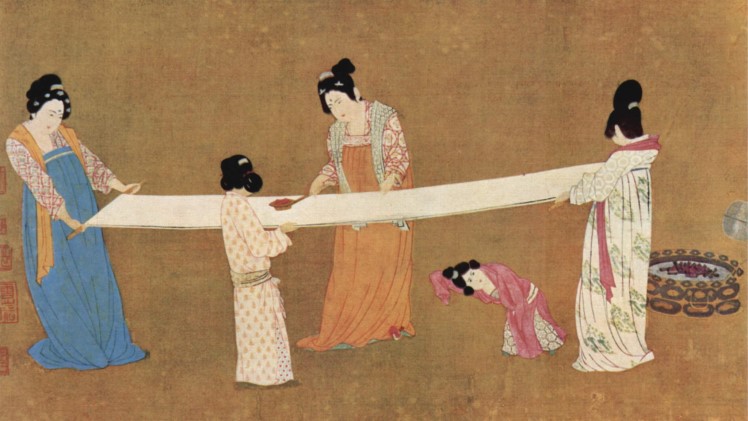In 1967, at the height of structuralism, Roland Barthes ascribed the prestige of fashion to its link to the aristocracy.1 The association is in fact altogether conventional. Barthes was referring, of course, to the French aristocracy. This did not need spelling out since, at the end of the 1960s, fashion was still self-evidently French, and the aristocracy in this context could only be the French aristocracy.
buy cialis generic cialisnextdaydeliveryusa.com over the counter
French supremacy in questions of taste had been uncontested since the seventeenth century, and fashion could only be international inasmuch as it cited or invoked French fashion.
Visit This Site: filmygod
One of the first cultural exports which liberated France sent into the USA in 1947 consisted in a Théâtre de la Mode, a construction in which, because of shortages of cloth, miniature wire mannequins modeled miniature creations by designers such as Schiaparelli, Balenciaga, Patou, Pierre Balmain, Jacques Fath, Hermès, or Nina Ricci, in settings such as the opera, the ball, the park, or at a picnic.2 With these little dolls, the couturiers were carrying on a tradition which had already served to promote Paris fashion throughout the world in Napoleon’s time.
Visit this out to know about Pii-email. On the other hand you can also know about .
Read More About: f95zone
The dolls were banned by Napoleon, however, even before they could be replaced by fashion magazines, because they could be used to transport secret messages.
You can know about how to Comment On Instagram.
Visit This Site: filmygod
This link between fashion and foreign politics surfaced again when Napoleon prohibited the importation of cloth from England, and obliged the ladies of the land to limit themselves to articles of national origin.
Learn more about watchcartoononline.

